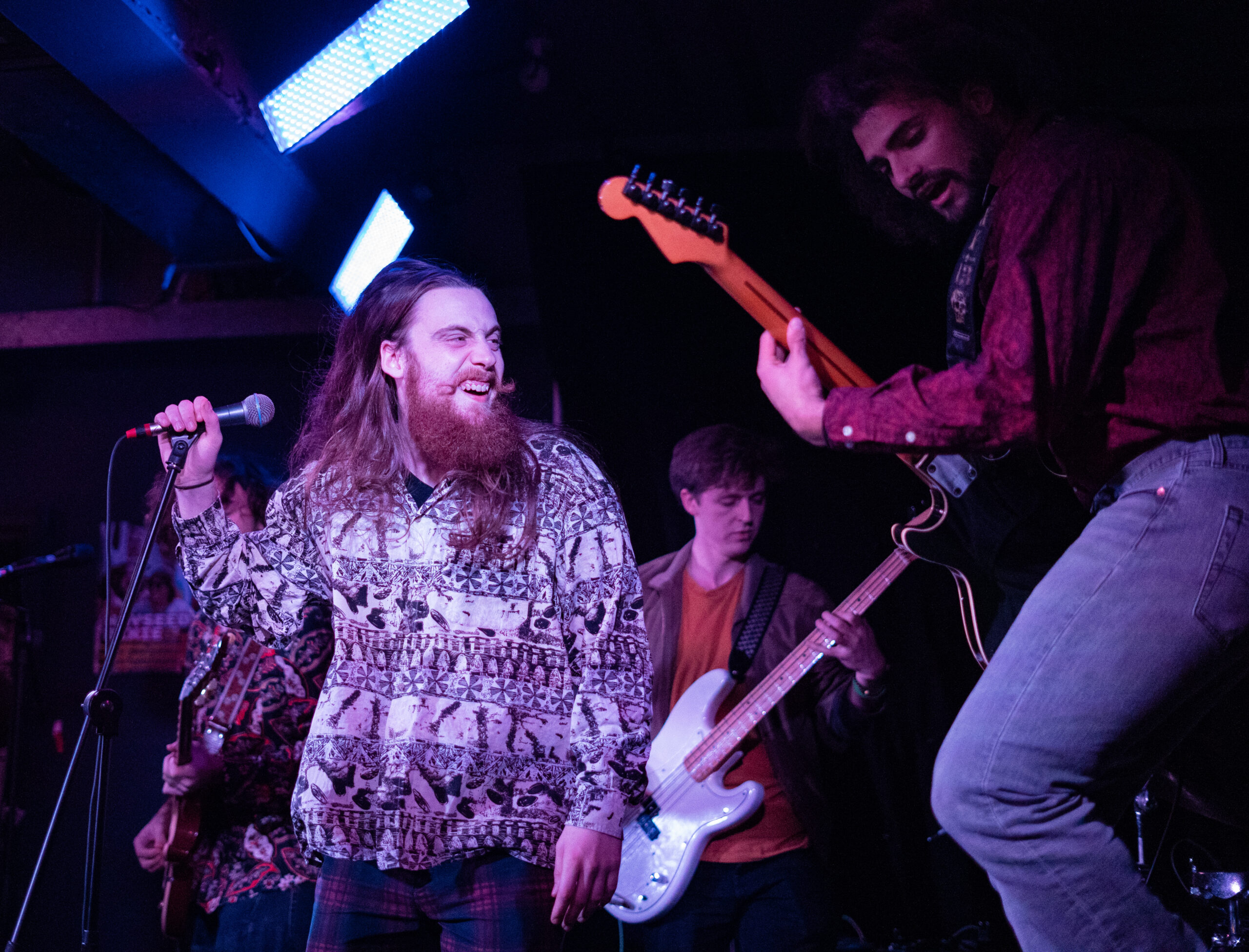That ‘Cinematic’ Feeling? It’s Not a Filter.
In today’s world of video apps and social media, the word “cinematic” gets thrown around a lot. We see a video with a moody colour filter and black bars at the top and bottom and we think, “Ah, cinematic!” But is that really all there is to it? Slapping on a filter and calling it a day?
Not even close.
A truly cinematic video isn’t just about a ‘look’; it’s about a feeling. It’s the magic that gives you goosebumps, the rhythm that gets your heart racing, and the storytelling that makes you feel completely immersed in the moment. It’s an art form, not a button you press. An orange and teal colour filter doesn’t create emotion, but a well-timed cut to the perfect piece of music absolutely can.
This guide is all about going beyond the filter. We’re going to pull back the curtain and look at the real craft. It’s a guide to the true art of cinematic video editing techniques—the secrets of pacing, sound, and storytelling that editors use to create that powerful, movie-like experience.
Technique #1: A Story Must Be Told
Before you think about fancy colours or cool transitions, you have to focus on the single most important element of any film: the story. A cinematic video isn’t a random collection of pretty shots; it’s a narrative with a beginning, a middle, and an end. The editor is the final author of this story.
Every great story, whether it’s a Hollywood epic or a 60-second wedding highlights video, follows this simple three-act structure.
The Beginning: The opening shots that set the scene, introduce the characters, and build a sense of anticipation.
The Middle: The main event! This is the heart of the video, the emotional peak, where the action or the key moments happen.
The End: The resolution and emotional payoff. The celebration, the final poignant shot, the happy conclusion.
An editor’s first job is to find this arc in the hours of raw footage. They’ll find the perfect quiet, scene-setting shot to start, build the energy in the middle, and find a beautiful final shot to leave a lasting impression. Understanding narrative is the most fundamental of all cinematic video editing techniques.

Technique #2: Finding the Heartbeat with Pace and Rhythm
A truly cinematic video has a heartbeat. It has a rhythm that pulls you in, gets your heart racing during the exciting bits, and lets you breathe during the emotional moments. This is called pacing, and the editor controls it with two key tools: the speed of the cuts and the music.
An editor who is a master of pace will use a flurry of quick, energetic cuts to build excitement during a montage, before slowing everything right down with a long, lingering shot to let a powerful, emotional moment sink in. It’s this variation that takes the viewer on a proper journey.
The real magic happens when they sync these cuts to the music. They’ll time a visual ‘hit’—a champagne glass clinking, a door closing—to land precisely on a beat in the soundtrack. They’ll use clever tricks like “J-cuts” and “L-cuts” (where the sound of the next shot starts before the picture, or vice-versa) to make the transitions feel seamless and professional. Mastering rhythm is one of the most powerful cinematic video editing techniques.
Technique #3: Cinematic Video Editing Techniques for Sound
When you’re watching a film in the cinema, sound is a massive 50% of the entire experience. It’s not just about the soaring musical score; it’s about the subtle, immersive world of sound that’s been carefully crafted. A truly cinematic edit applies this same thinking.
This is the art of sound design. After choosing the perfect music track, an editor will go a step further. They’ll add subtle sound effects to make the world of the video feel more real and engaging. For a wedding film, they might layer in the gentle sound of birds chirping during an outdoor scene. For a corporate video, they might add a subtle “whoosh” as a graphic appears on screen, or the satisfying sound of a camera shutter over a photo montage.
They will meticulously clean up any spoken dialogue to make it crystal clear and mix it perfectly with the music so that nothing ever feels jarring. It’s an invisible art, but it has a huge impact on the viewer. This is one of the most overlooked but powerful cinematic video editing techniques, and it’s a key part of creating a truly immersive experience.
Technique #4: Painting with Colour to Set the Mood
Okay, let’s talk about the bit that everyone thinks of when they hear “cinematic”: the colour. But a professional colour grade is so much more than just a simple filter you’d find on Instagram. It’s a deliberate, artistic process designed to enhance the story and create a specific emotional response.
It’s a two-step process. First comes colour correction, where an editor meticulously balances all the clips to make them look natural and consistent. They’ll adjust the whites, tweak the skin tones, and make sure everything looks clean and true-to-life.
Then comes the magic: the colour grade. This is where the artistry happens. An editor will intentionally push the colours in a certain direction to create a mood. They might add warm, golden tones to a wedding video to give it a romantic, nostalgic feel. They might use a cool, desaturated, high-contrast look for a corporate video to make it feel modern and serious. Purposeful colour grading is one of the most powerful visual cinematic video editing techniques because it subconsciously tells the audience how to feel.
Technique #5: The Final Polish – Widescreen and a Touch of Grain
Right, the story is perfect, the rhythm is spot on, and the sound and colour are beautiful. The final techniques are the subtle, stylistic ones that can trick our brains into thinking we’re watching something that was genuinely shot for the big screen.
The first is letterboxing—adding those famous black bars to the top and bottom of the image. Why does this feel so cinematic? It’s simple psychology. For decades, the super-widescreen format has been the standard for major motion pictures. When our brain sees that aspect ratio, it’s been conditioned to think “movie!” It’s a simple trick, but it instantly adds a layer of cinematic gravitas to your video.
The second is adding a subtle layer of film grain. Digital cameras shoot a perfectly clean, almost sterile, image. But for a hundred years, films were shot on actual, physical film stock, which had a natural, organic texture to it. A skilled editor can add a very fine layer of this “grain” back into the digital footage. This removes that overly clean, “plastic” video look and gives the image a beautiful, timeless, and tactile quality. These final, stylistic touches are the icing on the cake for professional cinematic video editing techniques.
Your Final Cut Questions: A Cinematic FAQ
Q: Can you apply these techniques to any old footage, like from my phone?
A: A great editor can work wonders with almost anything! They can certainly apply these principles of storytelling, pacing, and sound design to modern smartphone footage. However, for the absolute best results, the old saying “rubbish in, rubbish out” has some truth. Starting with stable, well-exposed footage from a good camera will always give an editor a much better canvas to work their magic on.
Q: Is the full “cinematic” look right for every single video?
A: Not always! And a good editor will tell you that. While the core principles like good storytelling are universal, the full stylistic treatment with black bars, dramatic colours, and film grain might not be appropriate for every project. A simple, clean, and bright ‘how-to’ video or a straightforward corporate message might be better served with a less stylised edit. It’s all about matching the style to the purpose of the video.
Q: What’s the one technique that makes the biggest difference?
A: It has to be the story and the pace. All the other techniques are there to support the narrative. A video with a brilliant story, edited with a perfect sense of rhythm, will always feel more engaging and “cinematic” than a video that is beautifully coloured but boring and shapeless. The heart of the film is always the most important of all cinematic video editing techniques.


